Some days ago, a friend was narrating his ordeal of how he narrowly escaped being killed by a thunderstorm. I was skeptical and said "really? You can't be struck by lightning and live to tell the tale." So he told me everything that happened, and it turns out he wasn't directly struck by a lightning but he was a victim of the indirect effect of a lightning storm. I'm pretty sure most of us have seen a thunderstorm at some point in our lives but do you know how powerful they can be? because I didn't, so I got to digging and together we shall explore the knowledge of "thunderland." Ready player one? Start!
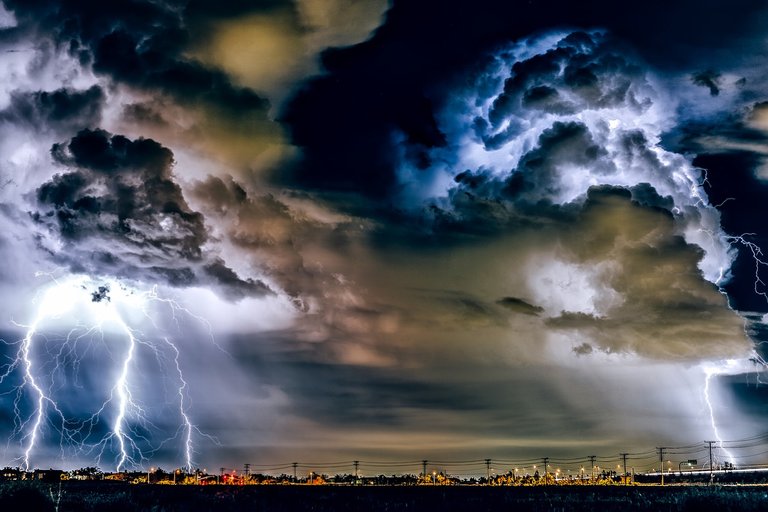 Source: Pixabay
Source: Pixabay
Thunderstorm is a natural phenomenon that happens in the cloud and it usually result in heavy rainfall and strong wind movement. It is usually identified by the presence of lightning. A thunderstorm can also occur without rainfall or any other form of precipitation and are referred to as "dry thunderstorm."
There is a "school of thought" that thinks heavy rainfall is the underlying cause of a thunderstorm, True or False? We shall find out together
Formation of thunderstorm
For a thunderstorm to occur, these 3 conditions must be met: moisture, air instability and heat.
When these three conditions are present, they interact together to bring about the formation process which undergo three stages;
Cumulus stage:
This is also known as the developmental stage.
The mature stage:
As the warm air continues to move upward it reaches an area in the sky where it can go no further instead it begins to spread outward within the cloud. This hindrance is caused by the tropopause. Now the cloud is very high and cold and is mostly dominated by updrafts with a flattened anvil shape. Cloud of this type and shape is called cumulonimbus. At this stage, precipitation reaches the ground (usually rainfall) and as the rain is falling it drags surrounding air down along with it creating downdrafts. The "hallmark" of this stage is basically the presence of both updrafts and downdrafts. This stage is where the storm is at its highest intensity, the updrafts travel at their highest speed, rainfall is at its highest, lightning is very frequent and wind is gaining speed.The dissipating stage:
Here, the storm wears offs relatively fast and the downdraft is much more dominant over the updraft as the rain keeps falling but not heavily anymore because the supply of air to the updraft is now inevitably cut-off by the rain-induced downdraft which touches the ground and spread out in a process called downburst to form what meteorologists call cold pool. After the downburst, a barrier between the rain-cooled air and the surrounding air mass is created and is called the outflow boundary. Since the downdraft has literally cut-off the air supply to the cumulonimbus cloud which inevitably disappears.Categories of thunderstorm
Single Cell Storm:
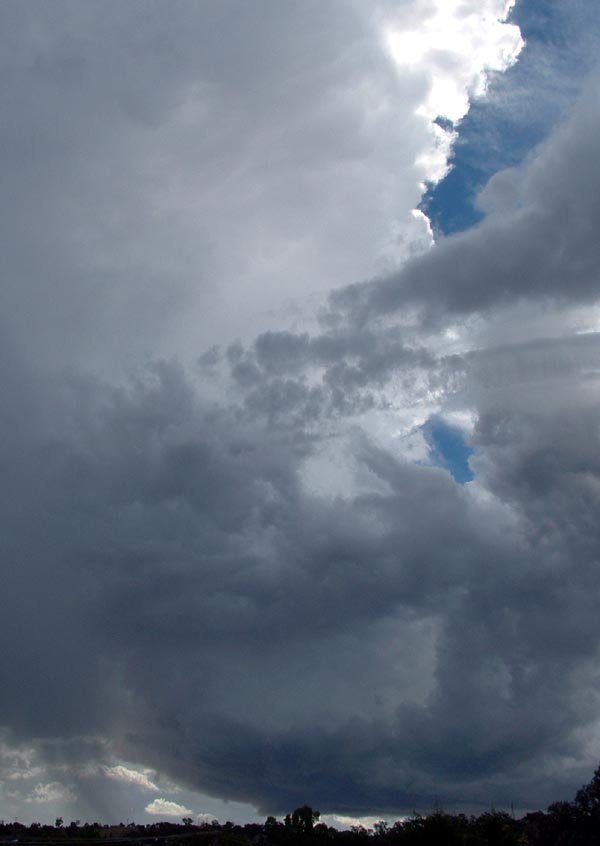 a single cell storm over wagga wagga, Australia.
a single cell storm over wagga wagga, Australia. Wikicommons
All three stages (birth, life and decay) of the thunderstorm all happen within the span of 30 minutes for a single cell storm.
Multi Cell Storm:
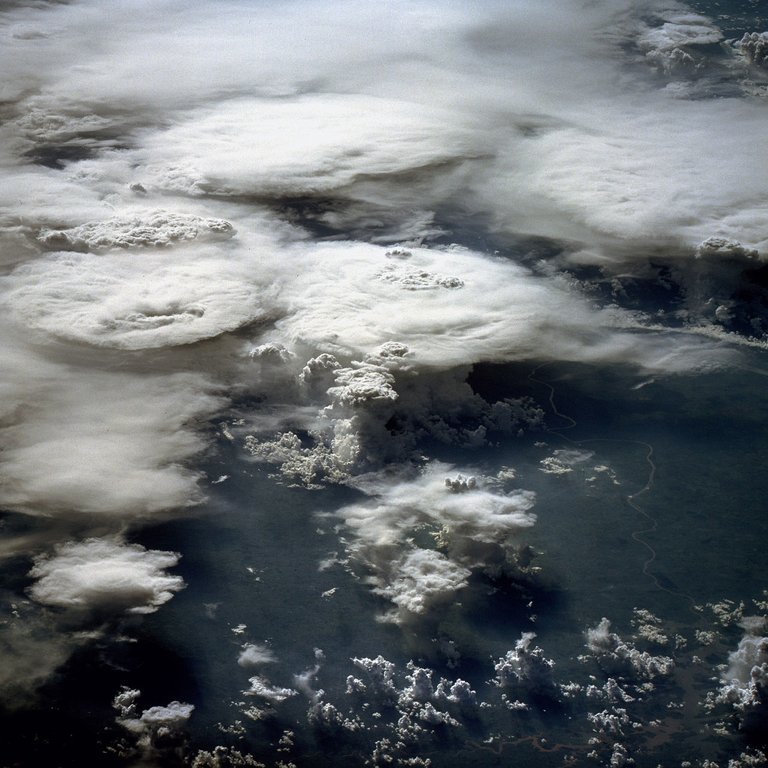 a picture of multicell thunderstorm over Brazil from 30,000 ft.
a picture of multicell thunderstorm over Brazil from 30,000 ft. Wikicommons
Super Cell Storm:
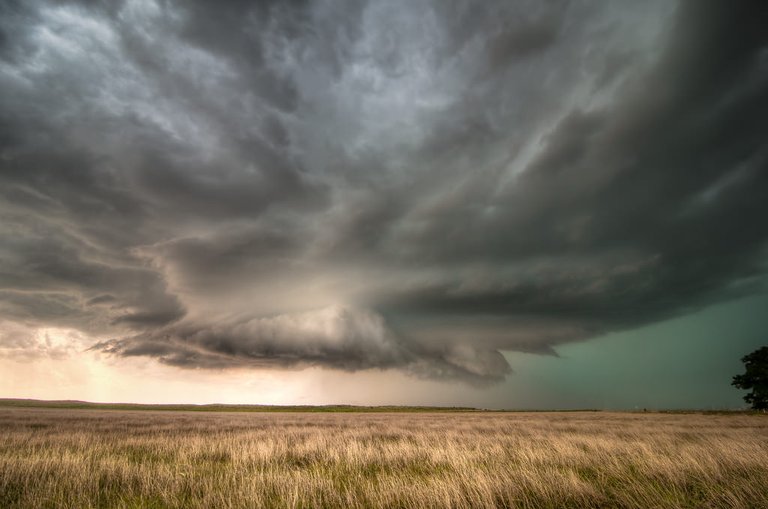 a super cell storm with a mesoclyne base over NW, Canada.
a super cell storm with a mesoclyne base over NW, Canada. Flickr by Lane Pearman
What's a thunderstorm without lightning?
During a thunderstorm electrostatic discharge happens and are referred to as lightning. The phenomenon behind the process of charges that create lightning is not properly understood by scientist but there has been significant advances made. For electrostatic discharge to occur, there must be two opposite charged bodies. With this in mind, lightning can strike from Cloud (+) to Ground (-), Cloud (+) to Cloud (-) or within the same cloud (Intra-Cloud lightning).
During the development of a thunderstorm, electrical charges are forced to be separated.
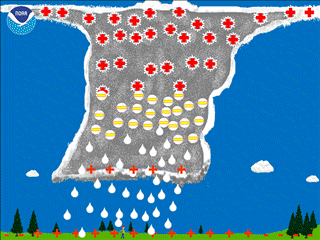 positive charges are carried to the top via updraft while negative charges move to the middle or bottom of the cloud
positive charges are carried to the top via updraft while negative charges move to the middle or bottom of the cloud Wikicommons
Hit me for more detailed explanation of the process as the one above is more like a summarised version of the Cloud to Ground lightning.
Lightning produces radiations ?
In 1925, It was theoretically predicted that lightning bolts can produce X-rays[1] but there was no proof whatsoever until 2001/2002 when a group of researchers at the New Mexico Institute of Mining and Technology discovered X-ray emissions after lightning stuck the ground trail left by a rocket and is published in their article by Dwyer, J.R et al. The electromagnetic radiations emitted by thunderstorms are relatively harmless.
How does thunderstorm affect us and our environment
As we should all know by now, thunderstorm comes with a lot of "associates" which include lightning, high wind speed (some clocking 50mph), hails and in extreme cases tornadoes. All these have direct and indirect effect on us and our environment.
Of them all, the effect of lightning is the very common but not as profound as the casualties that comes with tornadoes.
Lightning can affect us directly if all of the lightning's energy is directed through the human body or through the skin. In most cases, lightning of this kind can prove to be fatal or cause permanent injuries since an average lightning bolt carries 100 million to 1 billion volts according to NOAA. It is a very rare occurrence for lightning to directly hit a human as the data by NOAA claims that the odds of a man in his lifetime being struck by lightning is 1 in 13,000 (now that's a huge gap, isn't it). A person could still get hit by having contact with an object (usually a conductor) that has been electrified by lightning.
Indirect lightning can occur when lightning strikes an object or the ground and the current travels through the ground until it encounters another object to delegate it's current to. Indirect hit also has enough power to kill as well. Indirect hit is the more prominent and could be easily encountered. In 2016, BBC reported a lightning that struck the ground killing 300 deers at once.
Lightning also affects vegetation, as trees are good media for the conduction of lightning charges to the ground. Most trees are very tall (depending on its species) and we are quite familiar with the fact that lightning usually strikes the highest point making trees very successful candidates. A lightning strike is known to blast a tree trunk and in sparsely populated area, it could lead to the eruption of wild fire.
Precautions: better be safe than be sorry
 Source: Wikicommons
Source: Wikicommons
You may not know, but lightning alone which is one of the secondary effects of a thunderstorm has claimed many lives. Just in the United States, there has been an average of 33 annual fatalities just by lightning strike between 2004 and 2013 according to CDC, which puts it in second place for weather related fatalities behind floods. These stats alone should give us enough concern to learn about safety measures to take if we encounter an extremely severe storm or any thunderstorm for that matter.
safety 1: Ensure to stay indoors and away from all glass windows because of high velocity wind (that could shatter glass) and if you must be outside, do not stay directly under the stormy cumulonimbus cloud - as there is a high probability of Cloud-to-Ground lightning (it is better to stay in a vehicle and not touch any metal)
safety 2: Ensure you keep your feet insulated (flip flops are good for this) at all times during storm so as to prevent indirect conduction of a lightning charge from the ground to the body - especially concrete floors.
safety 3: Refrain from using any electrical appliance, phone and any plumbing equipment (like shower) as these all are great conductors of lightning charges from the ground.
There are many more safety guidelines by (like installing an earthing device) and can be read here.
Conclusion
Thunderstorm has earned a spot among the world's leading catastrophic phenomena and has a long lasting effect that cause permanent damage to the body or worse (death) yet many people still take their lives for granted during thunderstorms - like my friend. If only people lay much emphasis on ways to protect themselves from such occurrence, then we might be able to reduce the number of fatal incidents drastically. Wake up people! Ignorance is not bliss anymore.
This article is for educational purpose only and I hope one day the information conveyed here helps save a life.
Thank you for time. One love!
All images are public domain and CCO licensed with embedded links
References
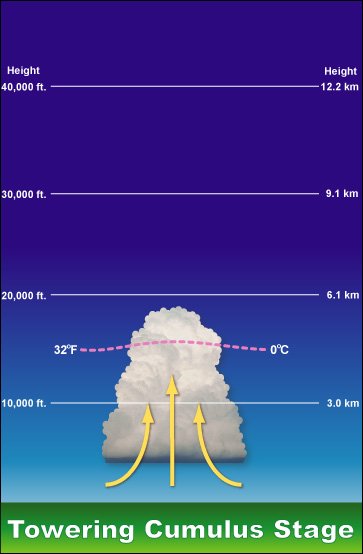
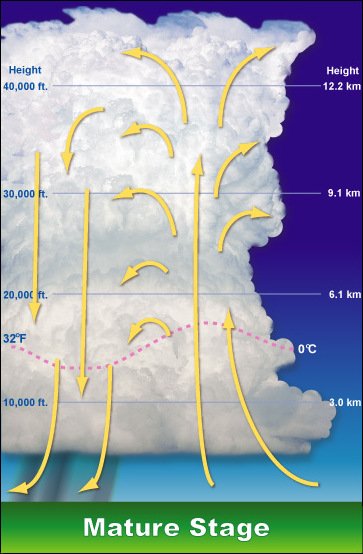
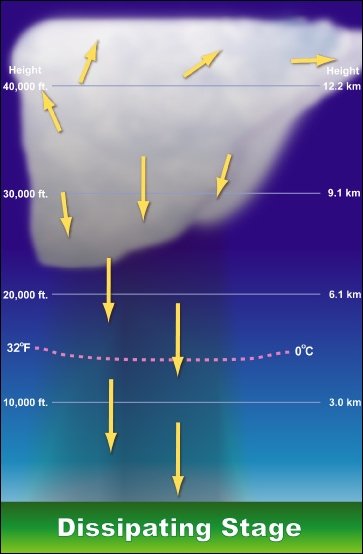
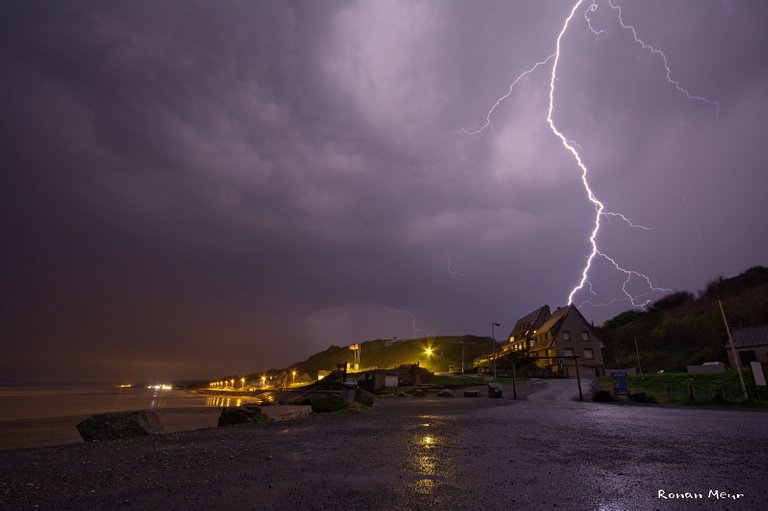
Congratulations @moshroom! You have completed the following achievement on Steemit and have been rewarded with new badge(s) :
Click on the badge to view your Board of Honor.
If you no longer want to receive notifications, reply to this comment with the word
STOPDo not miss the last post from @steemitboard:
SteemitBoard World Cup Contest - The results, the winners and the prizes
Congratulations @moshroom! You received a personal award!
You can view your badges on your Steem Board and compare to others on the Steem Ranking
Do not miss the last post from @steemitboard:
Vote for @Steemitboard as a witness to get one more award and increased upvotes!